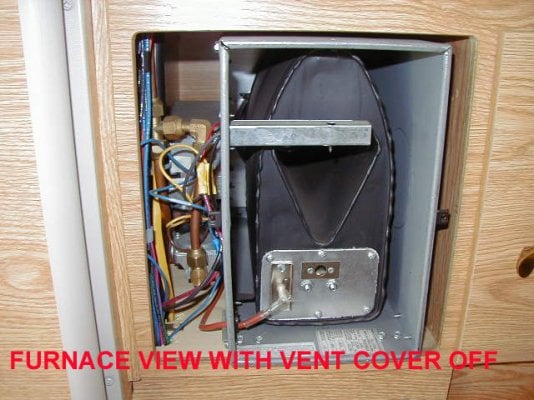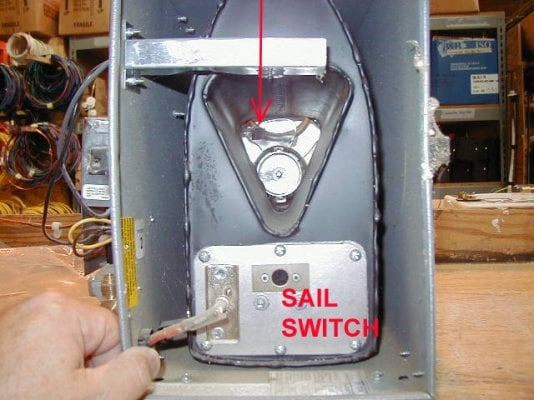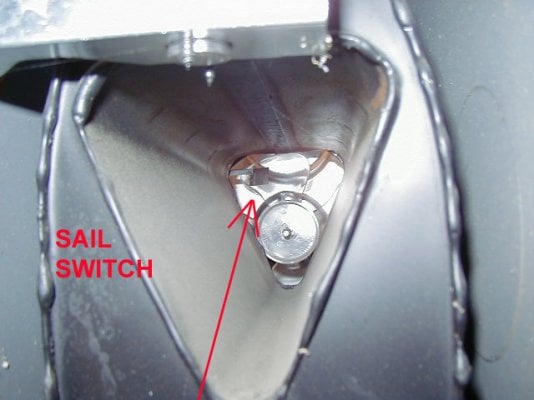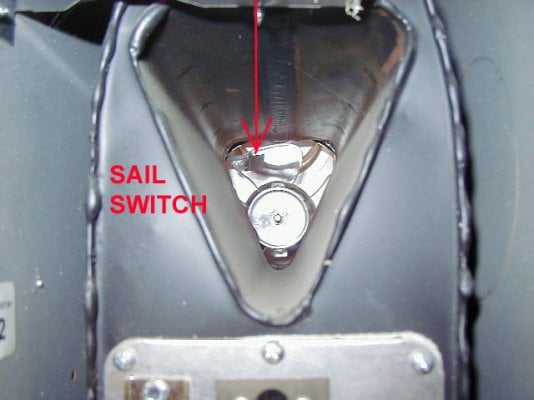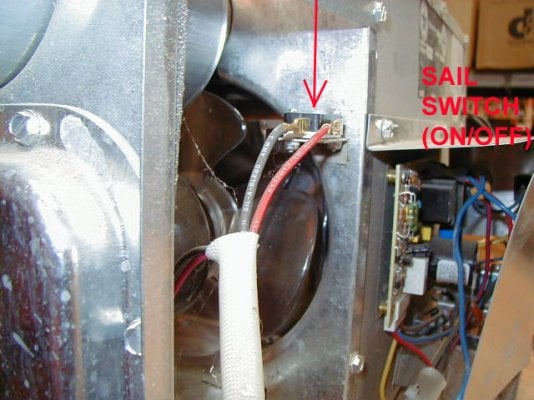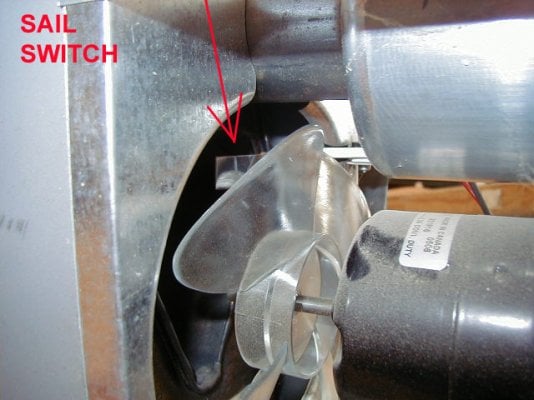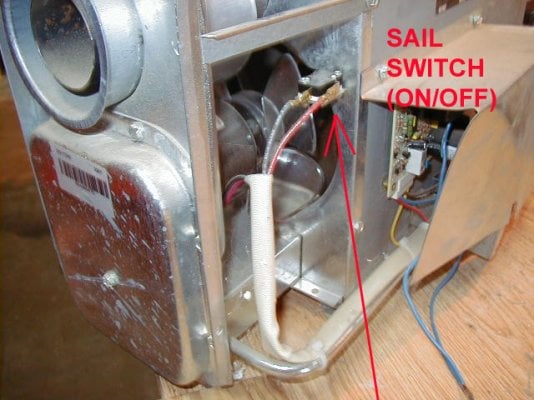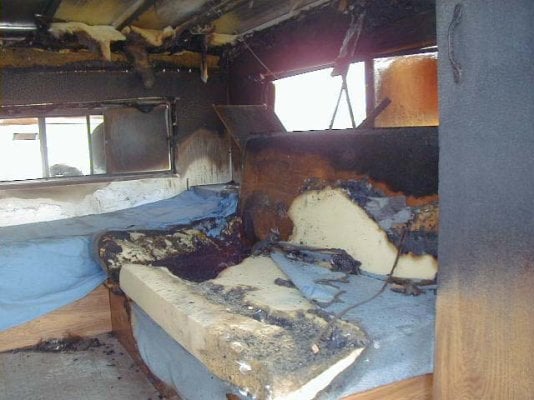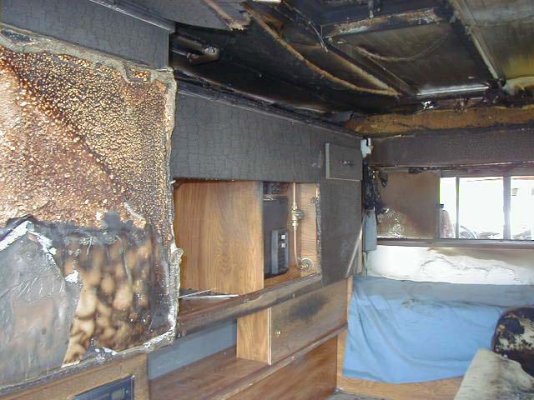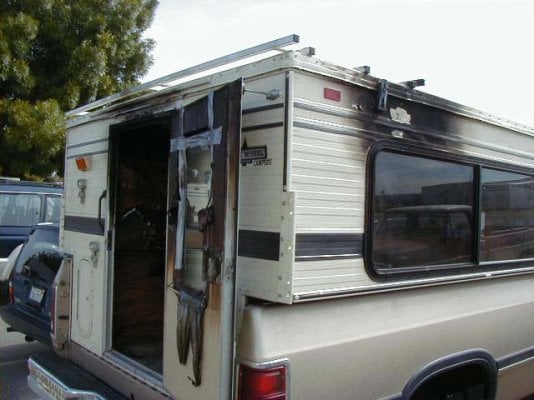We had quite a few customers with the same problem as you.
We stopped using that Suburban furnace for that reason.
We are now using an Atwood furnace and they seem to be working great.
I think the sail switch (small wetaher vain looking thing in the back) is just too small or the fan in the furnace is under powered on that Suburban furnace.

If the customer had the truck running or the camper plugged in to shore power, the fan was running at full speed and would easily trip the sail switch and the furnace would light right up.
But if they were parked, the furnace fan would run significantly slower and not trip the sail switch. The furnace would cycle on, but would never light.
I have heard back from customers over the years that tried to open up more air flow to the furnace, and it did help in some cases.
This could be as simple as just removing the grill on the front of the furnace before trying to start it, or looking at the cabinets surrouding the furnace (in the front & inside the cabinets) and maybe drilling some small holes to allow more air flow inside the ccabinet, behind the furnace, to allow the fan to run a bit easier.
We had a couple of customers take their campers in to RV centers where they found an "old timer" working there that had some common sense. He added a very small piece of insulation tape to the end of the sail switch (so it would catch more air and move farther with less air blowing on it). This seemed to work well. BUT, I'm not sure safety wise this is the best thing. That would be at your own risk sort of thing. The sail switch does serve a safety purpose. If there is not enough air flow through the burner tube, the furnace will shut off. This is in place to keep the furnce from potentially over heating.
Take a look, poke around in there, and see if you can open it up a little so it gets more air.
DD, this might be part of your furnace mystery as well ?
Hope this helps.
.
.


